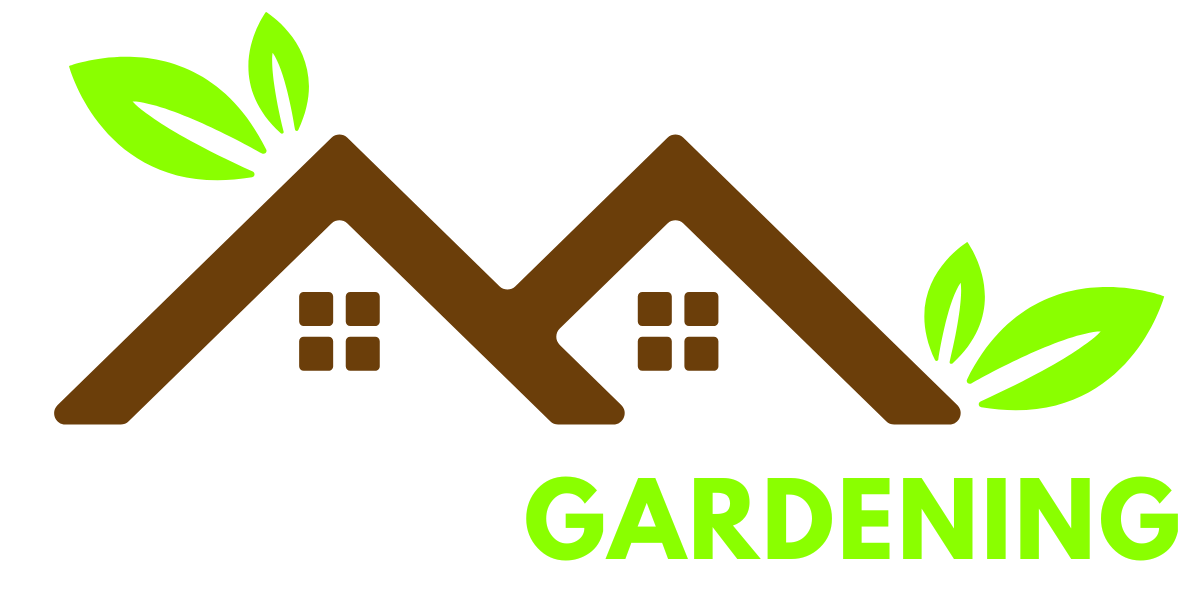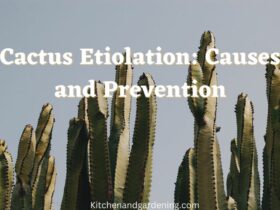Note: The post may contain a few affiliate links. As an Amazon Associate I earn from qualifying purchases.
Gardeners will find tomatoes to be a beneficial addition to their gardens. Pots, containers, and the ground are all good places to plant them. Sunlight and water are essential for tomatoes, just like all fruits. In other words, you must maintain a moist environment for the earth.
Please continue reading if you believe you over watered tomato plant. However, you should be aware of the dangers of overwatering tomato plants. To grow tomato plants successfully, it is important to recognize overwatering symptoms early on.
Signs of overwatering tomato plants

Have you watered tomato plants? Do you know what the signs of overwatering tomato plants are? Read the signs below to get a better hang of your plant’s health.
Leaves yellowing
It is common for leaves to turn yellow when you over watered tomato plant. Overwatering is likely the cause of yellow leaves when a new gardener reaches for the hose to keep watering.
Overwatering or slow-draining soils can cause yellowing leaves among tomato plants, particularly heavy clay, which can trap water and suffocate the plant’s roots.
Tomato Plant Wilts
A change in the look of your plants is usually the first sign. The earliest sign of wilting is wilted leaves. If you have overwatered tomato plant, they will show symptoms within days.
If a leaf appears to be wilting or the soil feels excessively wet, there may be a problem. You can get this problem if you water your plants incorrectly.
You will know immediately if something is wrong with your plants. You must know its typical appearance if you have an overwatered tomato plant.
Rotten Roots
Rotted roots can result from overwatering a plant. Long-sitting plants absorb far more moisture than they can handle when immersed in water for a long time. If the water becomes stagnant, the roots cannot grow. As a result, they become more susceptible to diseases and have a weakened immune system.
There will be no wilting of the leaves. Without seeing the roots, rotting is much harder to detect. Consequently, more damage may be done to the roots if they go untreated longer.
Rolled leaves
Despite looking like one of the strongest signs of overwatering, leaf roll is one of the earliest signs of overwatering. It’s one of the least dangerous.
Overwatered plants have leaves that curl upwards and inwards as they grow and produce fruit. There is often a shock when a new gardener notices how their plants change overnight.
No worries if this happens, your tomatoes will still produce fresh tomatoes later in the season.
Foliage excess
The consequence of an over watered tomato plant is that it will produce lots of lush, leafy growth, which can be detrimental to the plant. Despite what it may sound like, this does not increase tomato production. Your numbers will be lower than you started with.
For too long, leaves may grow in an over watered tomato plant, but no fruit may develop.
Bringing a Tomato Back to Life

Your tomato plants will be safer if you prevent overwatering. Water and fertilize your plants regularly without overdoing it to make their life as enjoyable as possible. It is also important to understand the necessity of watering your plants. By measuring soil moisture, this can be accomplished.
You can efficiently accomplish this task by sticking your finger on the ground. Tomato plants need watering when the soil below the surface is still dry, two to five centimeters below the surface.
When tomatoes grow, they can receive insufficient water despite the best efforts of an expert gardener. Both indoor and outdoor plants can be saved if they show any of the symptoms of overwatering.
Water stagnation
If you have a potted plant indoors, the first thing to do is remove any water that has accumulated in the drip tray underneath. Your outdoor plants should be irrigated manually instead of automatically.
Removing the plant from the ground
When you notice signs of root rot, you should pull your plant out of the ground to treat it. You must dig your tomato plants out of the ground to assess the damage. Due to the ease of access, it might be easier to clean the roots of indoor plants than those of outdoor plants.
Root-cause treatment
Roots and branches must be cleaned of soil and dirt to care for the roots. The root should be chopped off if it is spoiled or unhealthy. To do so, make sure your clippers or shears are sanitized and clean.
By following this step, the roots are protected from cross-contamination and the potential transmission of other diseases. Additionally, you should select tools that can cut sharply without damaging roots too much.
Dry it out
Plant roots can lose excess moisture when exposed to fresh air and sunlight. By simply transferring them to a new pot, houseplants can also be moved to drier soil. It is necessary to perform this step for outdoor plants, but it is also beneficial for potted tomatoes.
Plant it again
Your tomatoes should be replanted in an appropriate place. Moisture held underground evaporates quickly when the lower layers are uncovered. It is also beneficial for the soil to let the roots dry for a while.
Watering tomatoes correctly
Seedlings and transplanted plants of tomatoes constantly require moist soil. Established plants will require relatively little water if the soil is completely dry. Ensure not to wet tomato leaves in the morning to prevent fungal leaf diseases. To tomato plants growing rapidly, 1 inch of rain per week is enough to provide about 1 inch of water per week. If it rains heavily for three or four hours, your plants will likely have sufficient water for the week. Plants may need daily watering when the weather outside is hot, dry, and windy. Using a trowel, you can find out when your tomato plants need watering by looking at the moisture in the soil. When the soil is dry to the touch, water it 2 to 3 inches deep.
Bottom Line
You will get firm, flavorful tomatoes whenever you perfect your watering techniques. Taking the time and effort to fine-tune it is worth it.
Thus, you must keep track of having an over watered tomato plant. Otherwise, your plants will not last long. For more tips, follow kitchenandgardening!














Leave a Reply